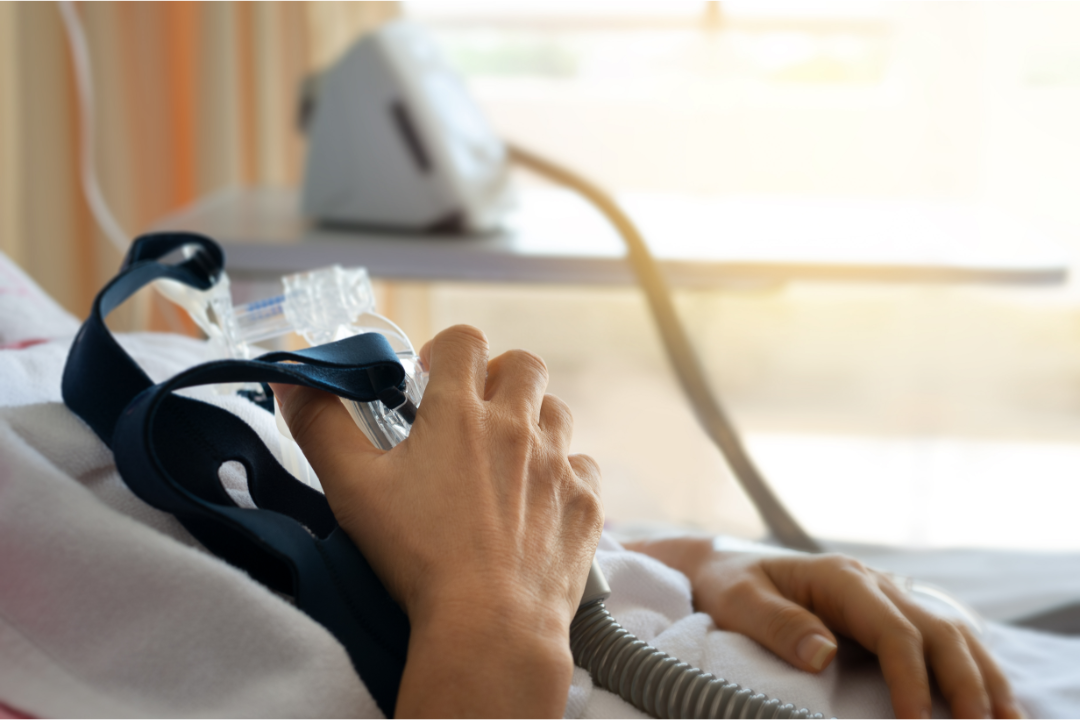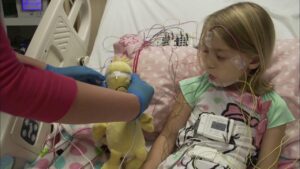
So many people, especially in America, have undergone sleep therapy and have been diagnosed with obstructive sleep apnea, affecting many people. Because when sleep is not accurate, it affects the body’s function and efficiency.
Sleep Apnea is a severe breathing disorder that happens during the sleeping period. This disorder occurs when the airway passage is blocked and breathing is no longer comfortable, so medical practitioners, especially the sleep therapist, introduced face masks.
The invention of the CPAP machine has greatly relieved many people living with sleep apnea. This sleep apnea mask or device gives a steady flow of air via the hose to the nose to stabilize breathing while sleeping. CPAP machines and CAPA mask brands have significantly helped many people with obstructive sleep to be able to breathe comfortably while they sleep.
Face, nasal, and other mask types have improved the quality of rest time. Getting the maximum function of the CPAP machines requires following step-by-step guides on how to use them, especially following the directions and prescriptions by your sleep therapist. Let’s talk about setting up the CPAP mask categories to maximize the device’s working.
Six ways to Set up of CPAP Mask
CPAP filters
Knowing your CPAP mask’s filter is essential and wise because this will help you set up the face masks. There are different types of filters, and their setup methods differ. They are
- Bacteria filter
- Disposable paper filter
- Foam filter
The bacteria filter can be attached to or fixed to the nasal mask hose connecting to the air vent and the other end. But if you use a humidifier, the bacteria filter will be connected to the air outtake, not to the CPAP mask machine.

Also, you will need to place the bacteria filter between your hose and the face mask if you use a heated tube. The other filters have a similar placement method; the disposable filter is fixed into the face mask machine, while the foam filter is set outside the machine.
Hose and CPAP Masks connection.
The report of your sleep therapy will determine your treatment and the kind of CPAP mask your therapist will recommend for you. But whichever humidifier or CPAP mask machine you use, the hose will be connected to the air outtake. Most hoses have a diameter of 22mm, making it easier and simpler to connect to the mask. Also, this dimension of hoses can easily fit into all CPAP masks.

Ways of wearing CPAP Mask.
Some things must be first considered before choosing your face CPAP masks, glasses, nasal masks, nasal pillows, nasal pillow masks, and even nasal cradle cushions. The two things are your sleep position, shape, and head size. These two things will help you to choose the best CPAP mask and the right CPAP mask.
Getting used b to wearing glasses may not be easy, but gradually and gently, you will understand the logic. When you lay on the bed, just put the CPAP mask on the face along with the strap and gently pull the strap to equally cover the face entirely till you can breathe comfortably and ensure that there is no air leakage. It must not be too tight on you to avoid pain.
Also, you can aid your sleeping position using CPAP mask pillows. More so, before placing the face mask on the face, you must ensure that the face is washed and free of oil because this will proffer a seal between the face and the CPAP mask.
Setting up a Humidifier.
Using a humidifier is based on if your sleep specialist recommends it. The work of a humidifier is basically to help the CPAP mask with moisture so that you can be free from a dry nose and mouth. First, you can easily set up your humidifier by putting distilled water in the water chamber.
The water must be clean because of your health. Tap water is hazardous to the humidifier because it retains some chalky deposits, which may be very difficult to clean. The air pressure from the humidifier gives you refreshment after sleep.
Methods to Clean the CPAP Machine
To keep the CPAP machine functioning regularly, the user must always clean it after use. Meanwhile, the best way not to pass infections and bacteria to the body is for the CPAP mask must be cleaned and neat because it supplies air pressure to the nose and mouth.
We will briefly talk about a few methods how for cleaning the CPAP masks
- Always remove dust from the mask’s internal and external parts. Dust can easily find its way into the machine, which is why regularly wiping and dusting is so essential.
- The hose must also be washed with soapy water through and through and rinsed with clean water.
- Over time, the CPAP masks retain deposits from the nose and mouth and even oils dripping from the face. That is why the masks must be sanitized regularly.
- Another method to clean the CPAP masks is to dislocate the machine. Then, all the components of the device must be disassembled, and all must be washed thoroughly.
The machine has a way of keeping dust inside; if there is no cleaning, the CPAP machine becomes risky to the user’s health.
Switching on the CPAP Mask
This part is the simplest of everything. Whether through the manual or your sleep therapist, putting on the machine is very easy. But there are a few methods to guide you to do that.
The mask must be put beside or near your bed on a flat surface. After placing the CPAP mask on your face, you can switch on the CPAP mask machine. You can also adjust the velocity of the air pressure by clicking on the ramp feature. When you change the speed of the force of the air, it hastens your sleep.
Conclusion
We are sure this article will offer a helpful guide on handling and taking care of sleep apnea masks. Using the machine is not as good as keeping it clean and from infection. Every CPAP user must learn how to use the device effectively. All the CPAP mask categories, like, face masks, nasal pillows, glasses, and all mask types, must be neat.
Related:
- How an Oxygen Compressor Can Improve Your Home Oxygen Therapy Experience
- How CPAP Machines Improve Sleep Quality and Prevent Sleep Apnea Complications
- Buy CPAP Mask Australia: Affordable Options for Every Budget
- CPAP Masks Australia: A Complete Guide for Buyers
- Alternative Sleep Apnea Treatments for Those Who Can’t Tolerate CPAP


